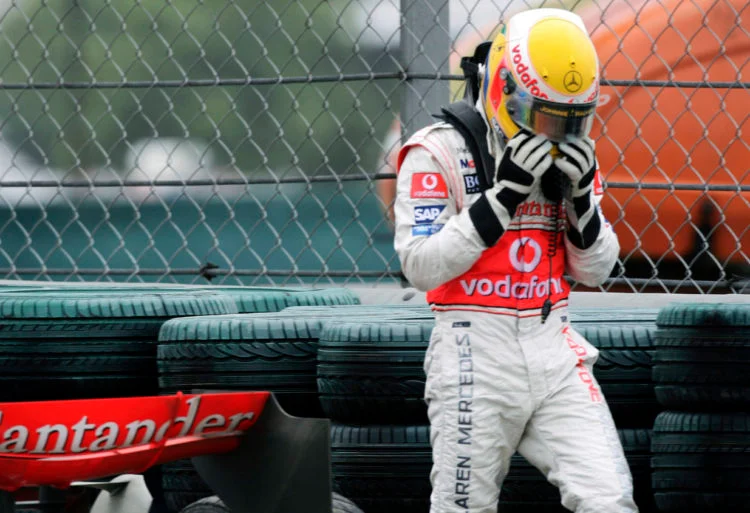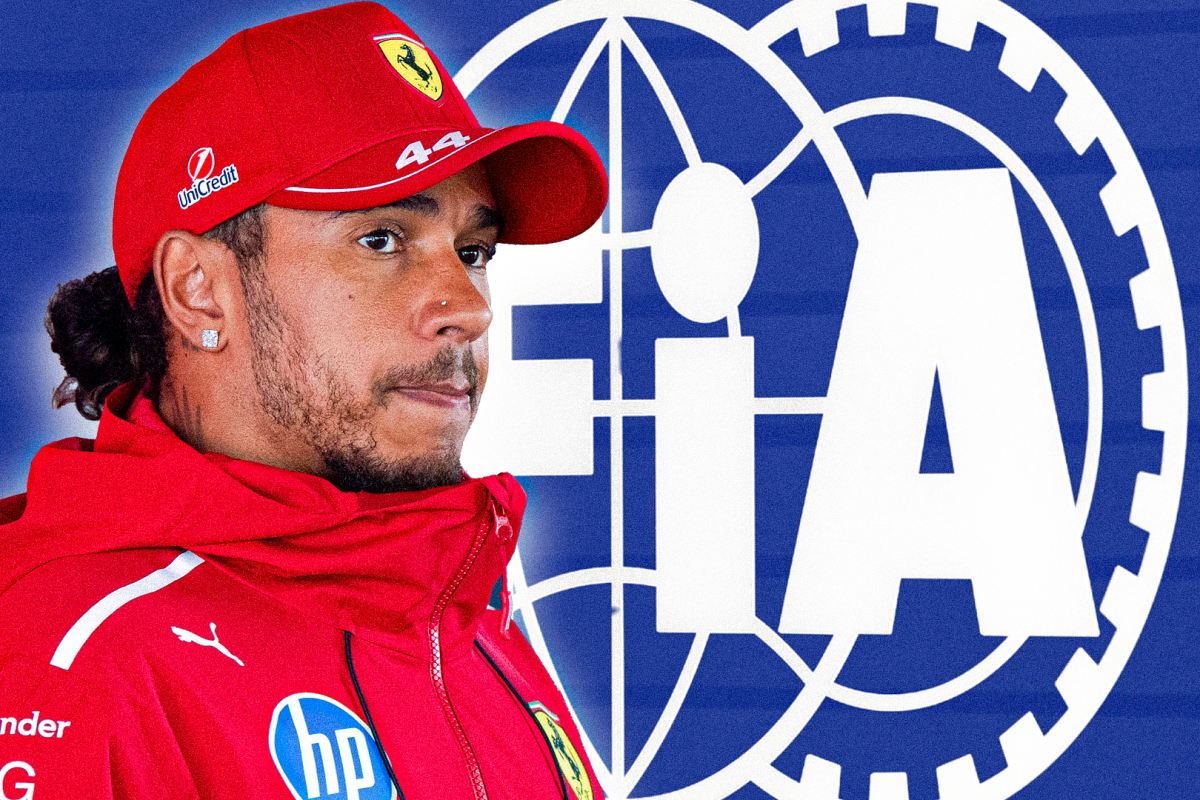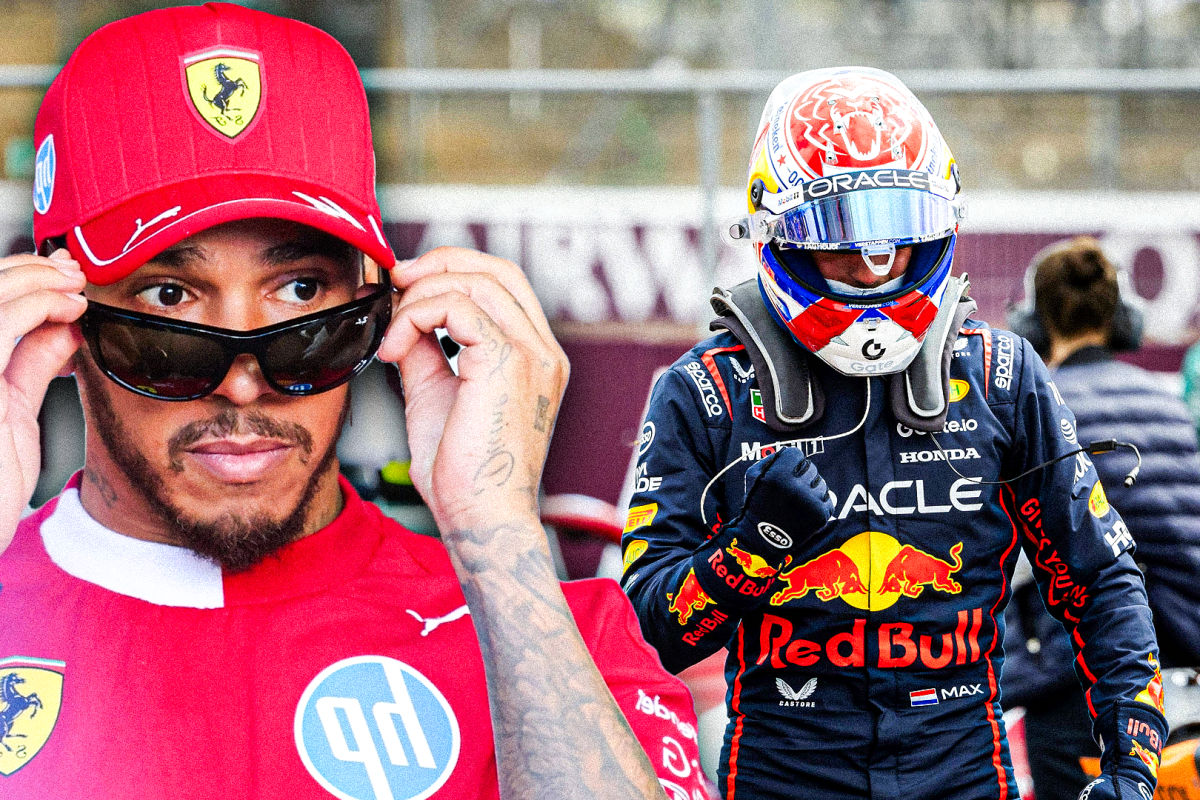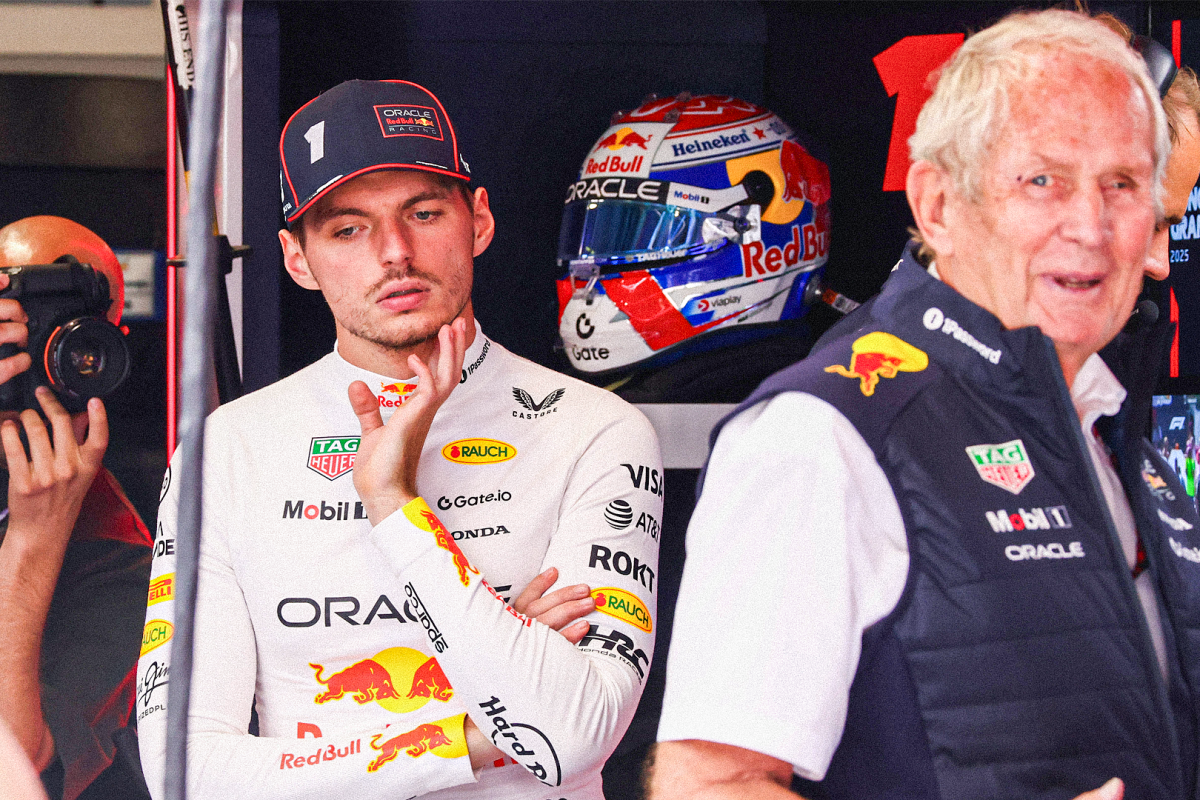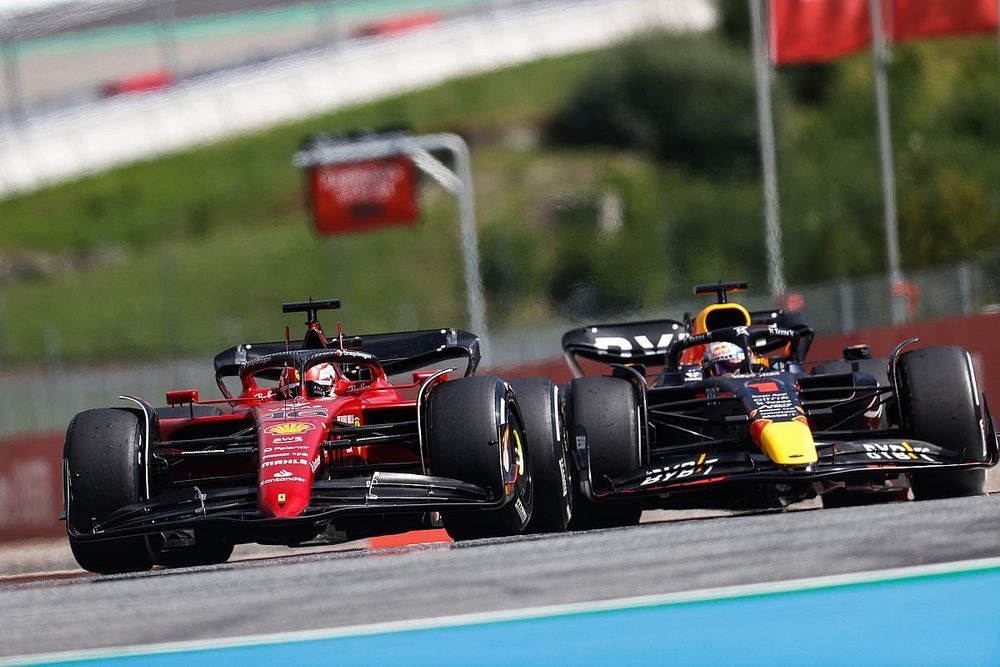Five Defining Low Points in Lewis Hamilton’s F1 C… read more
Lewis Hamilton, a seven-time Formula 1 world champion, stands as one of the sport’s all-time greats. His career, however, hasn’t been without its share of setbacks and controversies. While his triumphs are legendary, certain races and incidents stand out as significant low points, shaping his narrative and demonstrating even the most dominant drivers are susceptible to misfortune and error. Among these lows, the Chinese Grand Prix woes and the Italian Grand Prix disaster are prominent, but they are far from the only instances where Hamilton faced significant adversity.
**1. The 2007 Brazilian Grand Prix:** This race marked a pivotal moment in Hamilton’s early career, highlighting the intense pressure and the learning curve faced by a young driver thrust into the championship fight. Entering the final race with a chance to win the world title, Hamilton started from pole position. However, a collision with Kimi Räikkönen, his Ferrari rival, and subsequent off-track excursion significantly hampered his race. While he recovered to finish seventh, it wasn’t enough to secure the championship, which ultimately went to Räikkönen. This race starkly illustrated the brutal reality of Formula 1, where even a dominant performance can be undone by a single crucial error or moment of bad luck. The pressure and intensity of the situation clearly got to the young Hamilton, showcasing a vulnerability rarely seen in his later, more composed years. The experience, while deeply disappointing, arguably contributed to the mental fortitude he developed later in his career.
**2. The 2016 Malaysian Grand Prix:** This race stands out not for a dramatic crash or mechanical failure, but for a strategic miscalculation that cost Hamilton dearly. Dominating the race, he opted for a risky two-stop strategy against the Mercedes team’s recommended three-stop. While initially effective, the gamble ultimately backfired, resulting in a third-place finish behind his teammate Nico Rosberg, who ultimately seized the opportunity to increase his championship lead. This race highlighted the intricate strategic battles within a team and the consequences of deviating from the planned approach, even when possessing the seemingly superior pace. The decision, regardless of its rationale, reflected a degree of misjudgment and potentially a willingness to push boundaries that ultimately didn’t pay off, showcasing a less calculated approach compared to his usually meticulous racecraft.
**3. The 2018 German Grand Prix:** A wet Hockenheimring provided the backdrop for this devastating error. Leading the race comfortably, Hamilton crashed out while running in first place, spinning off the track in treacherous conditions and incurring significant damage. The mistake wasn’t merely a minor off-track excursion; it was a significant error of judgment that cost him valuable championship points and handed the victory to Sebastian Vettel. This race exposed a rare vulnerability in Hamilton’s driving, particularly in wet conditions, and served as a stark reminder of the unforgiving nature of Formula 1, where even the smallest mistake can have catastrophic consequences. The incident fueled intense criticism, but it also illustrated that even the most skilled drivers are not immune to setbacks.
**4. The 2019 Brazilian Grand Prix:** This race was marred by a controversial incident involving Hamilton and his teammate, Valtteri Bottas. While battling for position, Hamilton appeared to impede Bottas, a move the team deemed unacceptable. This intra-team clash led to friction and a loss of points for the Mercedes team, emphasizing the complexities and occasional discord within even the most successful partnerships. The episode highlights the pressure placed on drivers to balance teamwork with the intense desire for individual success, and the resulting tension and occasional conflicts that can arise. The fallout underscored that team harmony, crucial for championship success, is not always guaranteed.
**5. The 2010 Chinese Grand Prix & 2010 Italian Grand Prix:** These two races, though separate, are grouped together as they exemplify early-career struggles with consistency. In China, Hamilton suffered a puncture, forcing him to retire from a potentially strong race. The Italian Grand Prix, however, proved even more disastrous. A collision with Jenson Button at the start of the race led to a significant loss of points, further highlighting the challenges of adapting to the relentless pressure and occasional chaotic nature of Formula 1. Both events underscore the fact that early career success doesn’t equate to consistent performance, and the learning curve involves mastering not only driving skills but also adapting to the strategic and unpredictable aspects of the sport.
These five instances, while representing low points in Hamilton’s illustrious career, ultimately contributed to his growth and development as a driver. They showcase his vulnerability, his capacity for error, and the intense pressure that comes with competing at the highest level of motorsport. But more importantly, they illustrate his ability to learn from mistakes, adapt to adversity, and ultimately emerge stronger, cementing his legacy as one of F1’s most exceptional drivers.
